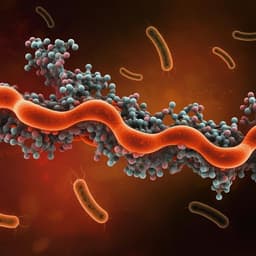
Environmental Studies and Forestry
Microplastics in agroecosystems-impacts on ecosystem functions and food chain
E. S. Okeke, K. I. Chukwudozie, et al.
Micro-and nanoplastics are infiltrating our planet's ecosystems, posing serious health risks to humans and the environment. This review by Emmanuel Sunday Okeke, Kingsley Ikechukwu Chukwudozie, Charles Izuma Addey, Joseph Onyekwere Okoro, Timothy Prince, Chidike Ezeorba, Edidiong Okokon Atakpa, Charles Obinwanne Okoye, and Charles Ogugua Nwuche examines the sources and impacts of this pollution in agroecosystems worldwide, offering innovative solutions and management strategies.
~3 min • Beginner • English
Related Publications
Explore these studies to deepen your understanding of the subject.







